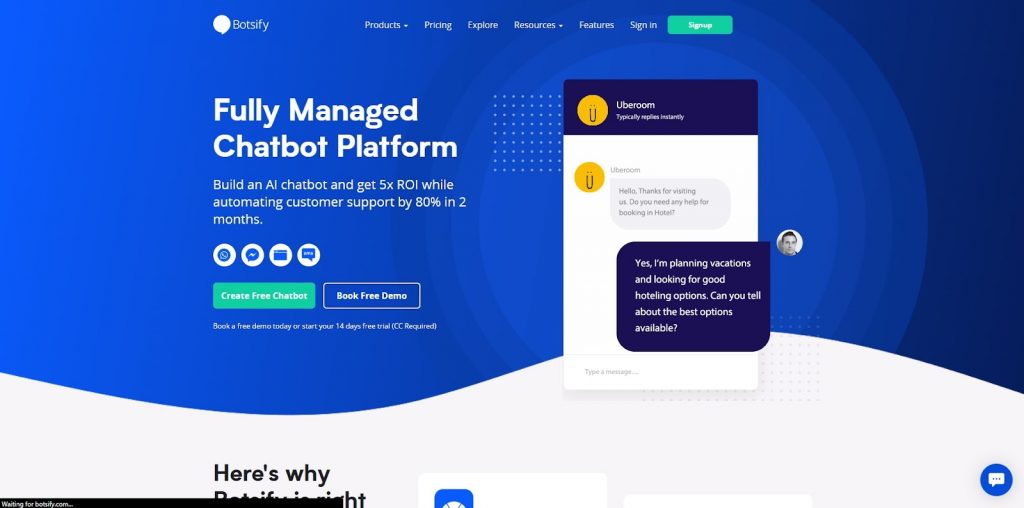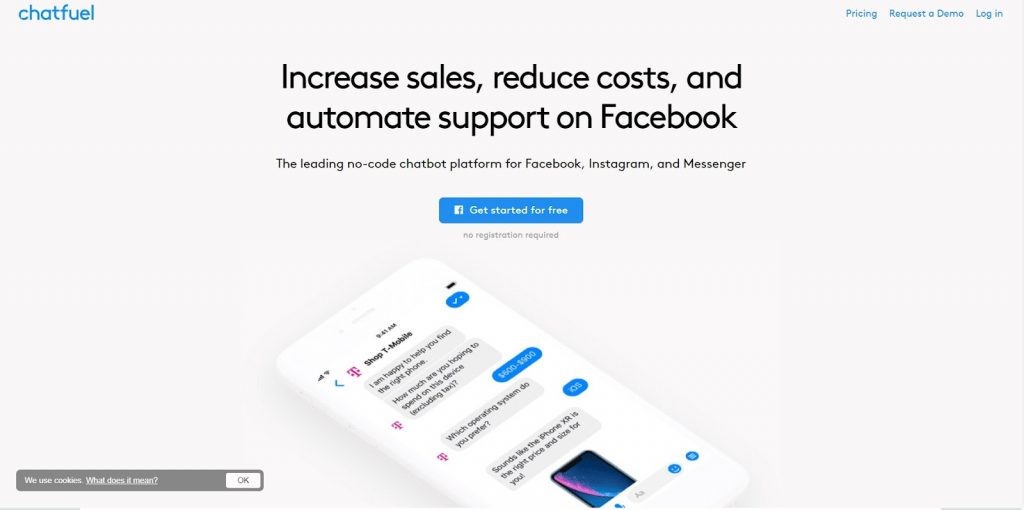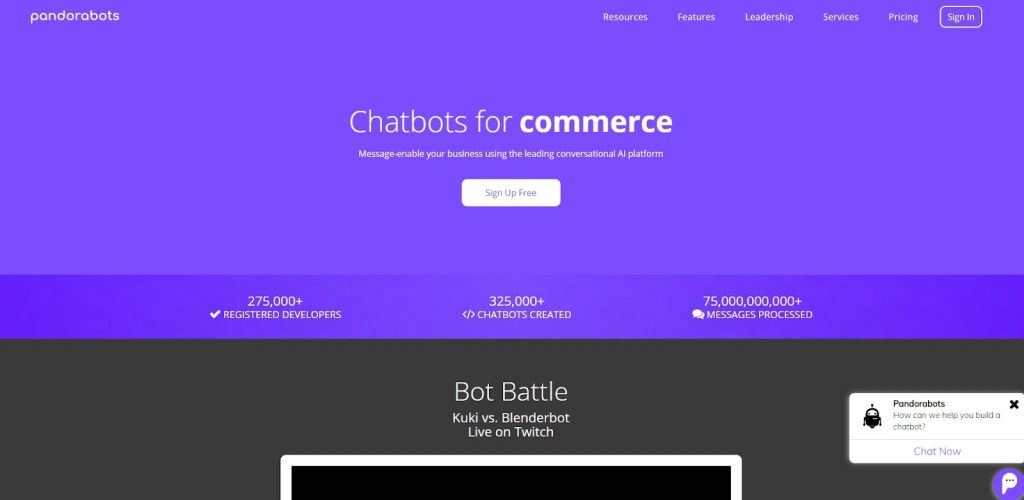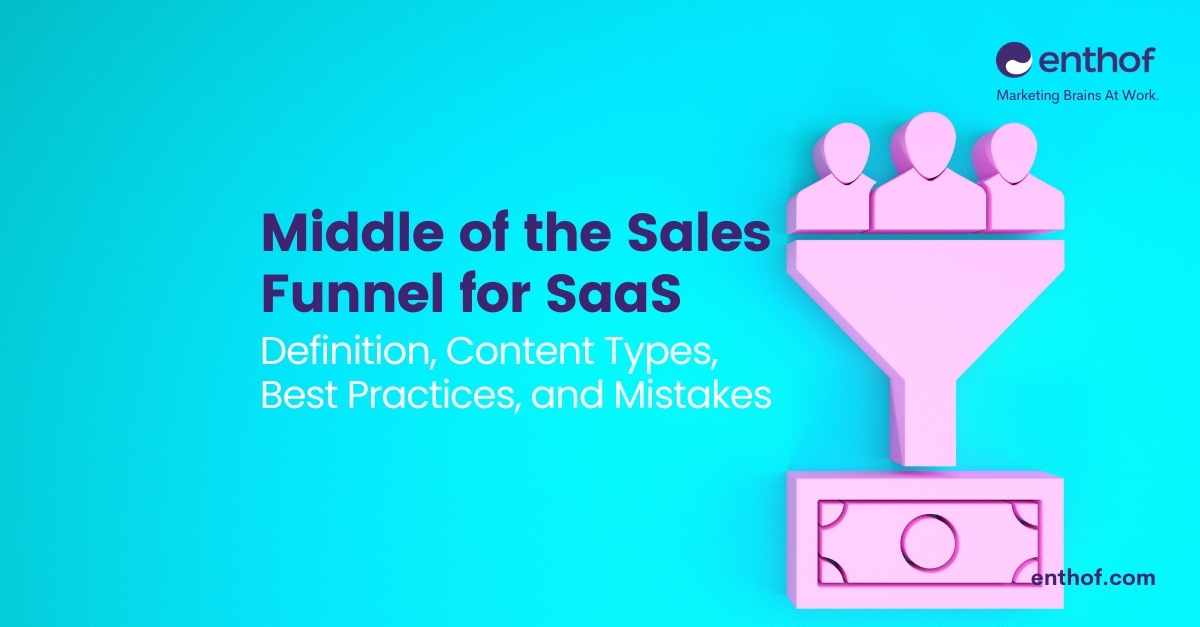Create a Chatbot for your website, in 8 easy steps
Chatbots are software applications that use programmed or AI-generated responses to communicate and assist users. They are rapidly becoming popular and many companies are using technology to streamline processes and improve the customer experience.
Are you planning to create a chatbot for your website? This has great benefits, but there are a few things you need to know before you start.
In this article, we will check the following:
8 easy steps to create your own Chatbot for your website
Some of the leading providers of paid and free chatbot platforms.
let’s start!

Depending on the type of bot you are developing, creating a chatbot from scratch can be easy or very complex. It will guide you through the basic steps for creating a chatbot and provide some tips.
Step 1: What type of chatbot are you creating?
First, you need to know what kind of Chatbot for your website you need and why you should create a chatbot. Consider the following questions:
Why are you creating a Chatbot for your website?
What do you want to achieve for your customers and prospects?
Does it serve multiple purposes?
Want to be dynamic based on learning ability and rules?
Want to automate a time-consuming process by developing a bot?
Need to integrate with an existing system?
Answering these questions will give you more information about the types of chatbots you need and how to set them up.
For example, if you need a simple bot that responds to some product queries, the rule-based version may be the best fit for your needs. However, if you want to learn natural language while learning conversations with users, opt for an AI-driven chatbot instead.
Step 2: Select a channel
Which channel do your potential customers use most? Where are they comfortable? You need to make sure that your chatbot is available on a platform that your users can easily access.
It’s no wonder that chatbots are regularly used and offered on websites. Others tend to connect via mobile apps or Facebook Messenger. However, you can use the same bot on all platforms using the multi-channel approach.
Keep in mind that many platforms have limitations, so you may need to find a platform that has all the features you need.

Step 3: Select a development platform or framework
This is where things get interesting. At this point, you need to have a clear idea of the type of chat-bot you need. This will determine how you proceed to create a chatbot.
Framework
Before choosing a framework, consider who will write the code to develop the chatbot. The technology stack to choose from should be:
Something you or your developer is familiar with.
Natural language processing (NLP) and open source library availability.
Future extensions such as voice-activated chat.
Some frameworks include Google’s Dialogflow, Microsoft Bot Framework, and BotMan. If you are planning a multi-channel approach, you can choose to use Dialogflow, which connects to multiple message channels. It also provides a REST API that allows you to easily integrate your chatbot into your application or interface.
The bot framework focuses on Microsoft products such as Slack, Skype, Cortana and Teams and supports Java, JavaScript, Python and C #. Similarly, BotMan is known to be one of the best chatbot development frameworks for PHP and can be published on Telegram, Twilio, WeChat, Cisco Spark and more.
DIY chatbot builder
There are many free and paid DIY chatbot builders available online. Using one of these platforms makes the building process much easier than building your own platform using frames.
It can’t be as customized as if you coded your bot from scratch. However, you don’t have to solve so many troubleshooting problems and development issues, either.
The most popular chatbot creation platforms include Chatfuel, Pandorabots, Botsify and MobileMonkey. Each will be explained in detail later. However, if any of these steps are difficult or time consuming, feel free to contact the chatbot development agency in your country.
Step 4: Set up your bot
Most DIY chatbot builders have easy step-by-step instructions. Others will make video tutorials available or provide a simple drag-and-drop interface.
Connecting to other channels should be just as easy. For example, if you contact Telegram, you may need to provide your account information. Depending on the channel you use, there may be some additional steps, but the DIY bot builder must provide all the steps you need.
If you’re using a framework, it’s best to leave the work to the development team. Unless you have time to learn how your code works, leave it to the experts. Chatbots often act as customer service representatives and distributors, and you don’t want to create anything that gives users an unpleasant experience.

Step 5: Conversation
Once you have established the basics, design the conversation flow. DIY platforms typically use drag-and-drop response options to provide everything you need to create a rule-based chat. The platform also has interface-themed options, so you don’t have to design a new UX.
Building and designing chatbots on these platforms is easy, but they can’t be as robust or scalable as frameworks.
If you decide to choose a framework with artificial intelligence, we recommend hiring a team of professional developers. Your job is to design user interfaces, conversations, and server features.
Step 6: Time to train
Did you use a DIY chatbot builder? If that’s done, skip this step and go to the number 7th.
If you created a bot that uses artificial intelligence, you need to train your bot before you start implementing it. Chatbots need to learn to understand natural language with their users. This is a very time consuming process. This is because we need to learn bots in different ways that our customers can ask for the same thing.
If possible, start training your bot on existing data sets such as emails, support tickets, and chat transcripts. If this is not an option, you can use a third-party data set instead. It can take some time to learn answers that are useful to your customers and services, but this is a starting point.
Step 7: Test, test, test!
Whether you’re using a rule-based or artificial intelligence chatbot, don’t implement it if you haven’t tried it yet. The test requires the bot to answer questions and determine if they can help in the way you want. TIf you’re testing a rule-based chatbot, it should be a relatively simple process.
If you decide on an AI chatbot, you need to do more thorough testing. These bots are still new and users can try to “break” them by asking irrelevant or inappropriate questions. Think about how Twitter turned Microsoft’s robot Tay into a rude racist in less than a day. We don’t want AI to learn from improper interactions and insult customers.
Develop a testing process that teaches chatbots to have direct conversations to related topics. You can also include the ability to change the chat to a live agent in case of problems.
Step 8: Deploy a chatbot!
Now, the exciting part. An implementation of a chatbot. It shouldn’t take long. Make sure all endpoints are connected and that your bot is properly integrated into your software system.
Unfortunately, once a chatbot is implemented, it’s not over. Regular maintenance is required, especially if you are using an AI bot. Analyze available statistics, narrow down your answers to make them more relevant, and satisfy your customers.
Top chatbot platform you can use to build your bot
If you decide to create a chatbot, we recommend that you consider using a chatbot platform. You don’t need to have extensive coding knowledge to take advantage of built-in tools and features. The top five recommendations are:
Botsify

Botsify started out as a simple drag-and-drop chatbot commonly used in Facebook Messenger. Today, there are a wide range of plugins for easy integration and multi-channel support. It also includes:
Conversation format
Perfect transfer to human agents
Smart AI
Machine learning
Analytical integration
The biggest drawback of Botsify is the steep learning curve. Being an artificial intelligence chatbot platform, someone with technical skills needs to be involved in the setup. However, the benefits of adaptive and responsive bots outweigh the cost of time and effort. Botsify used to have a free account, but it’s no longer available. Instead, you can test the full functionality of the platform for 14 days before purchasing a monthly or annual subscription.
Flow XO

If you are new to coding and want to create a chatbot, FlowXO is for you. Its multiple features are:
Pre-designed template with customization options
Multi-channel capacity and over 100 integrations
Pre-built workflows and conversation flows
With Flow XO, you can get started for free and update later if needed.
Free bots have limited interaction available, but are still a viable option for small businesses.
Chatfuel
Chatfuel is a chatbot platform exclusive to Facebook Messenger. However, the platform is used by several multinationals because it contains some interesting features. These include:
Multiple teammates
Seamless call handover
Interactive conversation with AI scripting
Support for over 50 languages
Keyword mapping
Like Flow XO, Chatfuel has a free option. However, this is primarily for automating your Facebook Messenger inbox and requires an upgrade to access additional features.
Landbot.io

Landbot’s chatbot is an easy-to-use and intuitive tool that combines rule-based and artificial intelligence-based features. The result is a high quality interaction that can be assigned to a human agent at any point in the conversation.
Other features are:
Drag and drop builder interface
Create a dialogue flow
Test and analyze bots without the need for code
Integrate with various applications and tools
Multi-channel function
Landbot has a free sandbox to help you explore basic features.
Pandorabot

Pandorabots is a high quality AI chatbot platform. It is one of the most famous and oldest chat host services, and its features highlight its extensive experience.
Multilingual chatbot
Voice activation
REST API available
Multi-channel support
Third party integration
Like Botsify, getting the most out of Pandorabots chat bots will probably require coding expertise. However, if you need a solid chat development solution, it’s a great tool. If you have a small business, this may not be the best option.
Pandorabot has a sandbox mode, but most features are not available. However, you can try one of the premium plans by signing up for a 2-week free trial.
Conclusion
Chatbots are becoming more and more popular for interacting with users and providing easy, accessible, hassle-free customer service and sales support. While simple rule-based bots can encourage more visitors to communicate with you, AI chatbots are new and a fast-growing and effective way to communicate.
If you’re determined to connect with your users and increase your engagement rate, you can’t go wrong with a chatbot.




